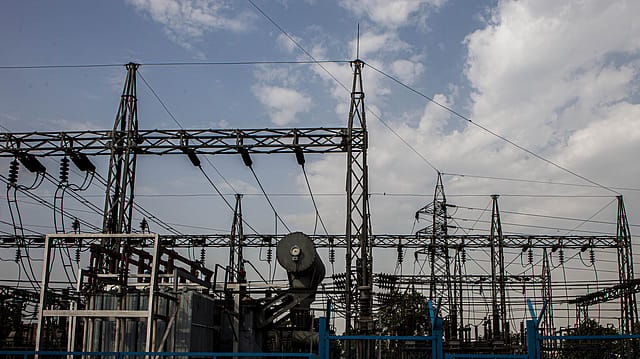Power consumption up 2% in Q1, lower than expectation
ADVERTISEMENT

Power consumption across the country increased in the first quarter of 2023-24 by 2% compared to the same period last year.
As per data released by the Central Electricity Authority (CEA), the country in the months of April, May, and June consumed a total of 4,07,762 million units against 400448 million units in the same period last financial year.
Despite the increase in the consumption of power in the first quarter, the increase is less than the expectation of the government during the summer months.
“The power ministry had estimated the country’s electricity demand to touch 229 GW during the summer. But the demand did not reach the projected level in April-May this year due to unseasonal rains. Power consumption was affected in March, April, and May this year due to widespread rains in the country,” says a senior CEA official.
Experts say that unseasonal rains in March, April, and May affected the power consumption in the country. However, in June, power consumption grew 4.4% to 139438 million units compared to last year.
December 2025
The annual Fortune 500 India list, the definitive compendium of corporate performance, is out. This year, the cumulative revenue of the Fortune 500 India companies has breached $2 trillion for the first time. Plus, find out which are the Best B-schools in India.
The peak power demand met, which is the highest supply in a day, rose to 223.23 GW in June 2023. The peak power supply stood at 211.72 GW in June 2022 and 191.24 GW in June 2021.
With the power demand lower than expected, the amount of shortage is also less in the first quarter of this financial year. While in the first quarter of 2022-23, the total shortage was 4,158 million units, in the first quarter of 2023-24, the shortage was 858 million units.
“As it started to rain in many parts of the country, we were able to provide power in all states as electricity was available in the national grid. Only due to some local problems, the power supply could not be provided this year,” says the official.
Not even a single MW of thermal capacity was added in the first two months of the first quarter. But green energy or renewable energy capacity increased. A total of 1076.74MW of wind and solar energy was added in the first two months of this financial year.
Even though no thermal project was commissioned in the first two months, there was no shortage of power supply as discoms depended on Electricity Exchange for their supply.
In the Indian Electricity Exchange, volumes traded on the exchange increased by 10% with 22.2 billion units traded against 21.3 billion units in the first quarter of 2021-22. The volume comprised 20.64 billion units of conventional power and 1.52 billion units of renewable energy.
“The growth in volumes was driven by a substantial increase in electricity consumption and the distribution utilities' preference to meet their short-term supply requirements in a competitive and flexible manner through the exchange,” says an exchange official.
Recently, the Central Electricity Regulatory Commission approved the introduction of additional term-ahead and green term-ahead contracts 11 days beyond zero-day trading on power exchanges.
Earlier, the exchanges were allowed to sell contracts for up to 11 days. With the introduction of longer-duration contracts, the exchanges will now be able to facilitate daily, weekly, and monthly trade contracts for up to three months.
Earlier, the CERC issued terms and conditions for renewable energy certificates (RECs) for renewable energy generation regulations. According to these regulations, renewable energy generating stations, captive power generating stations based on renewable energy sources, distribution licensees, and open access consumers are now eligible to issue REC.
